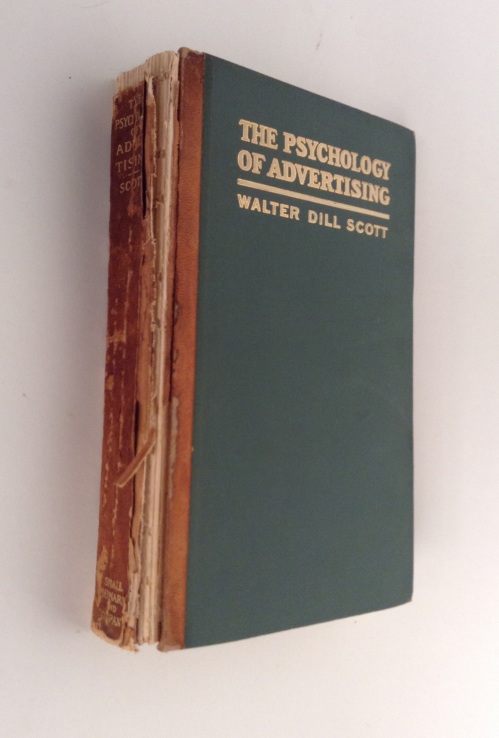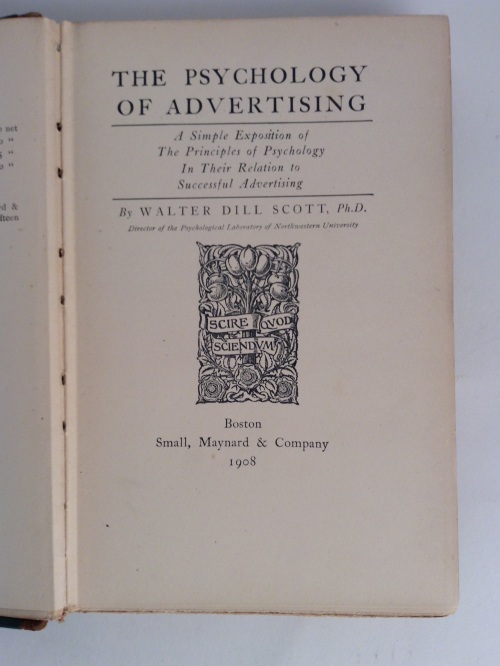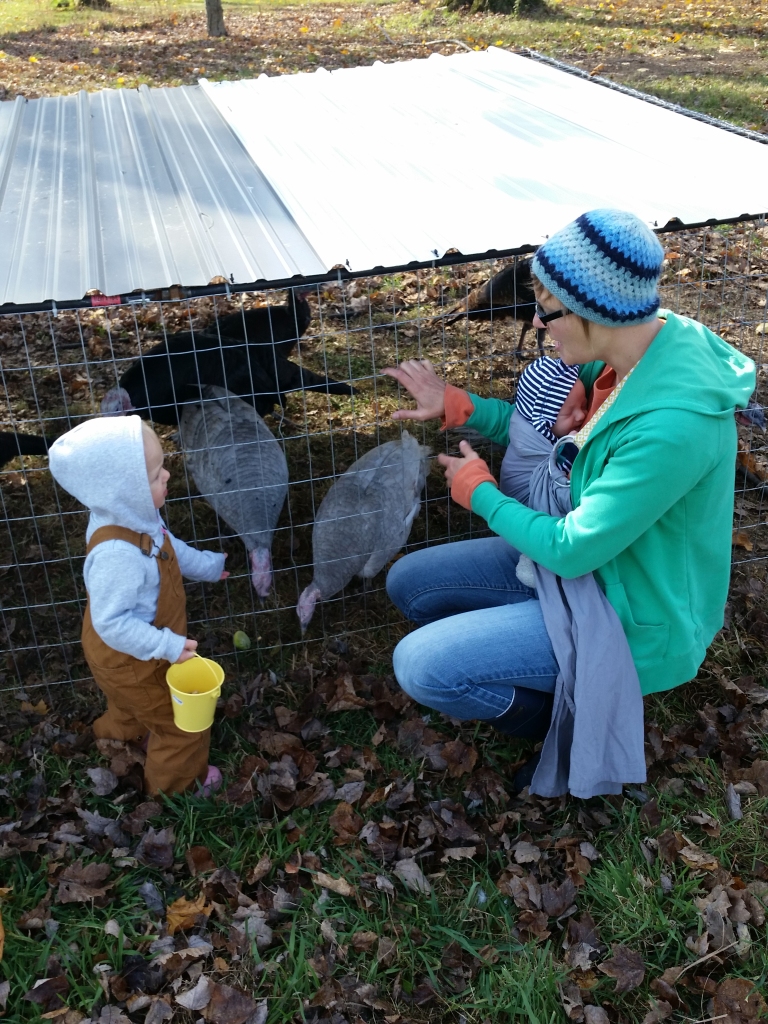~ contributed by Janos Jalics, Museums & Archives Studies student at the University of Akron completing a Capstone project at Hower House Museum under the supervision of Linda Bussey, HHM Director, and under faculty advisement of Dr. Greg Wilson, Department of History
Yes, that is a lame pun for history, but I thought the question was a great place to start. Everyone has heard of the armchair historian, the man or woman who sees history in a book and has multiple years’ worth of hindsight to any event they read about. For instance, it is far easier to say today that the Nazis would fail to invade the USSR today than to say that in 1941. The German Army was considered nearly invincible with their rapid conquests and the Soviet Army was considered pathetic for failing to defeat Finland in a month. For many years, I hoped to break away from this stereotype by seeing history in person, grabbing a perspective that is too absent from the perspective of that comfortable armchair.
My first real chance to see history in person was when my dad took my sister and I to Europe for the second time. We visited Rome, Budapest, and London over the next three weeks. I was awed by such notable artifacts as the Appian Way, the Colosseum, the Battersea Shield, Buda Castle, etc. You never know what it is like to see the culture or civilization you read about until you see it in person, making this vacation a historian’s mad dash for a reunion with cousins that he/she never met. This experience pushed me to always visit a city’s nearest museum when on vacation just to acquire a new understanding of history and that is what got me to an internship at Hower House.
I came to Hower House as a Junior History Major looking for an internship. I did not know too much about local history and I needed valuable experience in my field. Visiting the historic home and museum showed me just how powerful and influential the Howers were in Akron’s history. It showed me an experience with local history that I had only had with U.S. or world history before then aside from the Perkins Mansion. A year later, I got the internship to fulfill requirements of my Museums and Archives Studies Certificate. Every day since the start of this internship, I entered books from the museum’s collection into the database, helping to preserve them and make them more available to the public. Entering the books has been somewhat tedious since the process rarely changes, if ever. However, the chance to see history as it was always makes the story behind any given event quite rewarding.
One particular book interested me: Daring Twins by Lyman Frank Baum. I googled the author just like I had done with several of the authors in the collection because his name sounded strangely familiar.

My next visit to the place was welcomed with Linda showing me a copy of Baum’s Mother Goose’s Nursery Rhymes.

The author had signed the copy when the Hower Family visited him in Chicago.

“To my young friend
Master Hower
With compliments and good
wishes of the Author
L. Frank Baum
Chicago 1898″
I realized that this made the Howers so influential that they got a copy of Baum’s book decades before he became famous.

John Bruot Hower
son of Milton Otis and Blanche Bruot Howard
11 years old in 1903
Understanding local history suddenly became that much more meaningful to me. I hope to have many more similar experiences as an intern for the Hower House.
The Hower House Museum is open to the public, so check out their website for open hours, guided tours, and other events. Or email howerhouse@uakron.edu if you have a reference or research question.

































